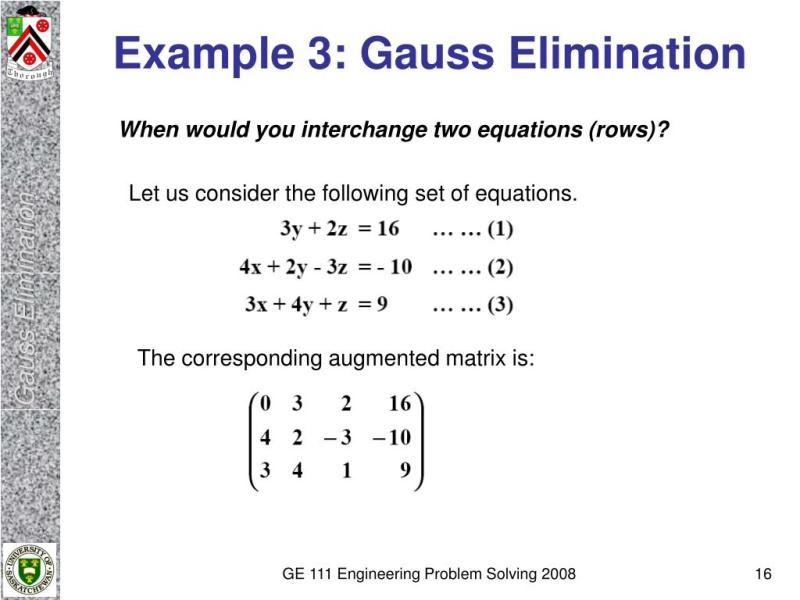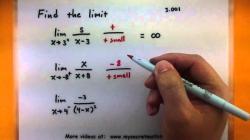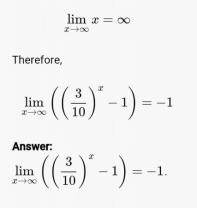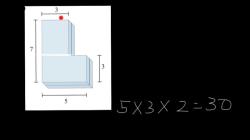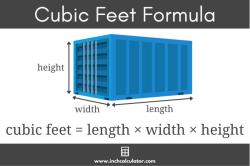What is Gauss Jordan reduction?
Gauss-Jordan elimination, also known as Gauss-Jordan reduction, is a method used in linear algebra to transform a matrix into its reduced row-echelon form. This process is particularly useful for solving systems of linear equations and finding the inverse of a square matrix. The goal of Gauss-Jordan reduction is to simplify the matrix into a form where it is easier to read off solutions or perform further computations.
Here are the main steps involved in Gauss-Jordan reduction:
1. Write the Augmented Matrix:
- Set up the augmented matrix, which includes both the coefficients of the variables and the constants from the system of linear equations. The matrix is augmented by adding a vertical bar to separate the coefficient matrix from the constants.
Example for a system of equations:
2. Row Operations:
- Use elementary row operations to transform the matrix. The three elementary row operations are:
- Swap two rows.
- Multiply a row by a nonzero scalar.
- Add or subtract a multiple of one row from another.
3. Create Zeros Below and Above Pivot Elements:
- Start with the leftmost column. Make the first element (the pivot) in the column equal to 1 by multiplying or dividing the entire row. Then, use row operations to create zeros above and below the pivot.
4. Move to the Next Column:
- Repeat the process for the next column, ensuring that each pivot becomes 1 and that there are zeros above and below it.
5. Iterate Until Reduced Row-Echelon Form is Achieved:
- Continue this process column by column until the matrix is in its reduced row-echelon form (RREF). The RREF has the following properties:
- In each row, the left-most nonzero entry is 1, called a pivot.
- The pivot in any nonzero row is the only nonzero entry in its column.
6. Interpret the Result:
- The reduced matrix can be interpreted to solve systems of linear equations, find the rank of a matrix, or find the inverse of a square matrix.
Example:
Consider the augmented matrix:
Applying Gauss-Jordan reduction, you perform row operations to obtain a matrix in reduced row-echelon form, which might look like:
This corresponds to a system of equations where , , and , which is consistent with a system of equations.
1. Gauss-Jordan Elimination Method in Linear Algebra
The Gauss-Jordan elimination method, also known as Gaussian elimination with back substitution, is a systematic algebraic technique for solving systems of linear equations and finding the inverse of a matrix. It is a fundamental algorithm in linear algebra and is widely used in various applications, including engineering, physics, and economics.
The method involves a series of row operations that transform the system of equations or the matrix into a simplified form, typically called the reduced row echelon form or row canonical form. In this form, the solution to the system of equations can be easily identified.
2. Gauss-Jordan Reduction for Solving Linear Equations
The Gauss-Jordan elimination method is particularly useful for solving systems of linear equations because it allows for the explicit determination of the solution without resorting to formulas or complex calculations. The method involves three basic row operations:
Row Swapping: Interchanging the positions of two rows.
Scalar Multiplication: Multiplying a row by a nonzero scalar.
Row Addition: Adding a scaled multiple of one row to another row.
By strategically applying these row operations, the Gauss-Jordan method systematically eliminates variables from the equations one by one, eventually leading to a triangular system of equations that can be easily solved.
3. Steps in Performing Gauss-Jordan Elimination
The Gauss-Jordan elimination method involves the following steps:
1. Write the system of equations in standard form: Ensure that each variable has a corresponding coefficient of 1 in its respective equation.
2. Eliminate one variable at a time: Choose a variable to eliminate and use row operations to eliminate that variable from one or more equations. Repeat this process until the variable is eliminated from all but one equation.
3. Back-substitution: Solve the remaining equations in reverse order, starting from the last equation and substituting values into the previous equations.
4. Express the solution in vector form: Write the solution as a column vector of variable values.
The Gauss-Jordan elimination method provides a systematic and straightforward approach for solving systems of linear equations. It is a powerful tool in linear algebra and has numerous applications in various fields.
